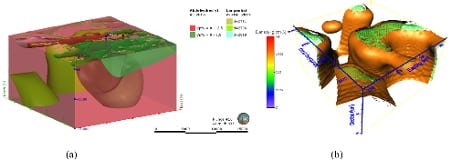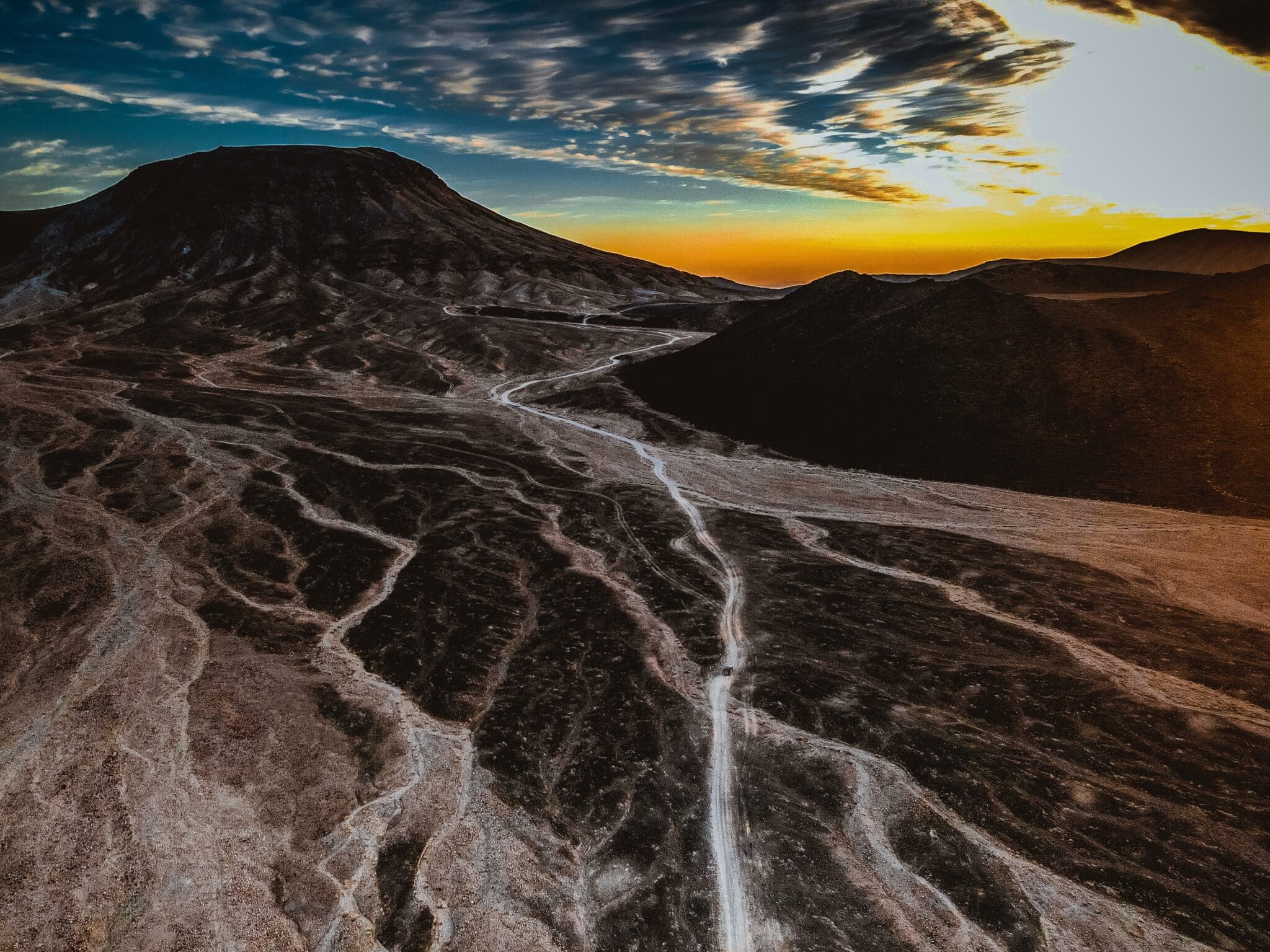Could a geothermal find in the Rahat volcanic field nudge the oil-producing country towards a new renewable energy path?
How did gravity data and 3D geological modelling play their part in this future-shaping discovery?
Saudi Arabia’s fortunes and ambitions are largely founded on oil, but they do not stop there. Even a nation this abundant in the resource is conscious that future economic growth will need to rely on other forms of energy too. Sustainability and a green power reinvention are as vital here as anywhere else if the Kingdom of Saudi Arabia is to deal with an ever increasing industrial and consumer hunger for electricity (predicted to hit a peak energy demand of 1.21 × 108kW by 2032).
A long-overlooked energy source, concealed in the country’s volcanic regions, could hold the answer.
Because it appears that KSA may also be rich in geothermal energy, though a lack of exploration means no one knows for sure, and there are many gaps in knowledge still to fill.
Here we look at how a recent in-depth geophysical survey, undertaken by a group of Saudi Arabian geophysicists, attempted to do just that,and employed Leapfrog Energy to reveal not just a fascinating geology but an intriguing promise for green energy, in a country less often associated with it.
This independent research article presents various geological models designed to tease out the heat potential of the Rahat volcanic field. It applies gravity and seismic tomography results to derive a 3D sub-surface geological structure, which points to a magma intrusion within the basement crust – importantly at a depth viable for geothermal exploration.
- How learning from the lessons of a similar field in Mexico accelerated exploration and discovery
- Turning a geothermal development roadmap into real world potential for green energy, and identifying suitable locations for further exploration
- Understanding the modelling techniques used, and how the inversions of gravity anomaly data and seismic tomography were applied
Does Saudi Arabia have a geothermal future? Read the full academic study to see in detail the findings, charts, facts, stats and 3D visualisations that Leapfrog Energy delivered.
Learn moreExtract: Subsurface structural examination of the northern Harrat Rahat volcanic field shows the presence of an isolated subsurface structure within the basement. Initial modelling of gravity anomalies to a depth of 10km shows varying density values ranging between 2000 and 3100kg∕m3. An isosurface evaluation at a density of ~ 2858 kg∕m3 reveals a secluded subsurface structure of higher density enclosing lower densities (<2500 kg∕m3) almost at the centre of the study area. The secluded structure is suggested to represent a possible geothermal heat source arising from shallow magmatic intrusion in the area….

A comparison of the 3D visualization results at 10-km depth with the 3D density model result from computations on gravity anomalies from the study area. a) 3D visualization data from a combination of previous studies. b) 3D model result from computations on gravity anomalies





